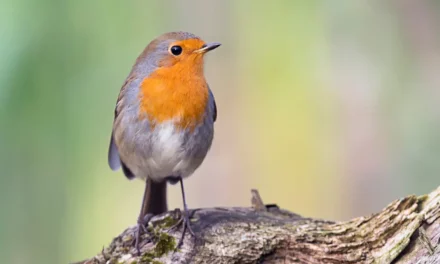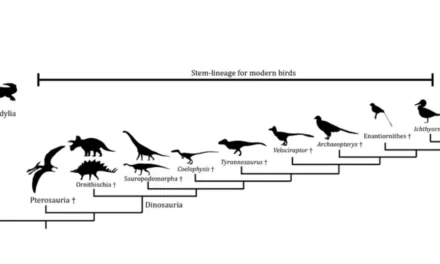What the Great Tit Looks Like
The Great Tit is one of the largest tits, similar in size to a sparrow. Its distinctive features include a black head with white cheeks, and its olive-green back contrasts with its gray wings that sometimes have hints of blue. A yellow belly with a black median line, often likened to a "black tie," further characterizes its appearance. This line differs between sexes; in males, it’s broader and reaches the tail, while in females, it is finer and stops at the abdomen. Juveniles exhibit duller colors, helping to distinguish them from adults. The distinctive belly line helps differentiate the Great Tit from other birds like the Coal and Blue Tit.

Great Tit Behavior and Habits
Compared to other smaller tits like the Blue Tit, the Great Tit is less adept at acrobatics. Interestingly, it is one of the few tits that will go to the ground to feed. A unique behavior includes its tendency to imitate peers; for example, it may follow another Great Tit to a feeder and then take a seed. When two Great Tits meet at a feeder, typically the subordinate bird will leave. After grabbing a seed, it will hold the seed between its claws and hammer it open with its short but powerful beak. Unlike some other birds, the Great Tit doesn’t store food but rather pillage food from other tits. It is quite sociable, often observed in small groups.
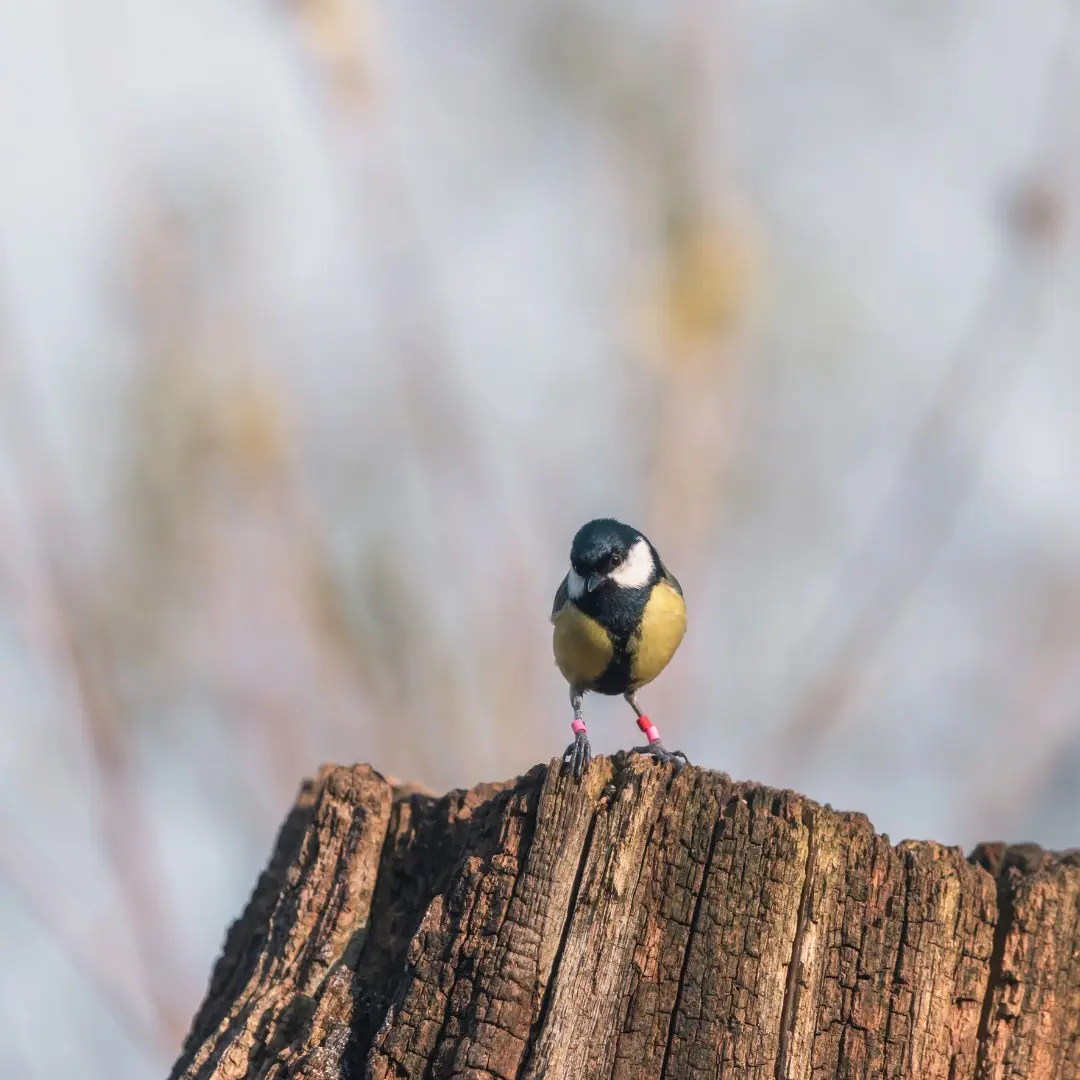
Great Tit Songs and Calls
The Great Tit is known for its simple songs, which typically consist of 2 or 3 repeating notes such as "titu titu." These songs serve to mark territory and attract females. Throughout the year, Great Tits use calls to communicate with each other—to signal their position, alert others to danger, or to defend themselves. Notably, they can imitate calls of other tit species like the Blue, Marsh, and Coal Tits. Songs can range from short "titu-titu" sounds to longer sequences like "titu-titu-titu-titu."
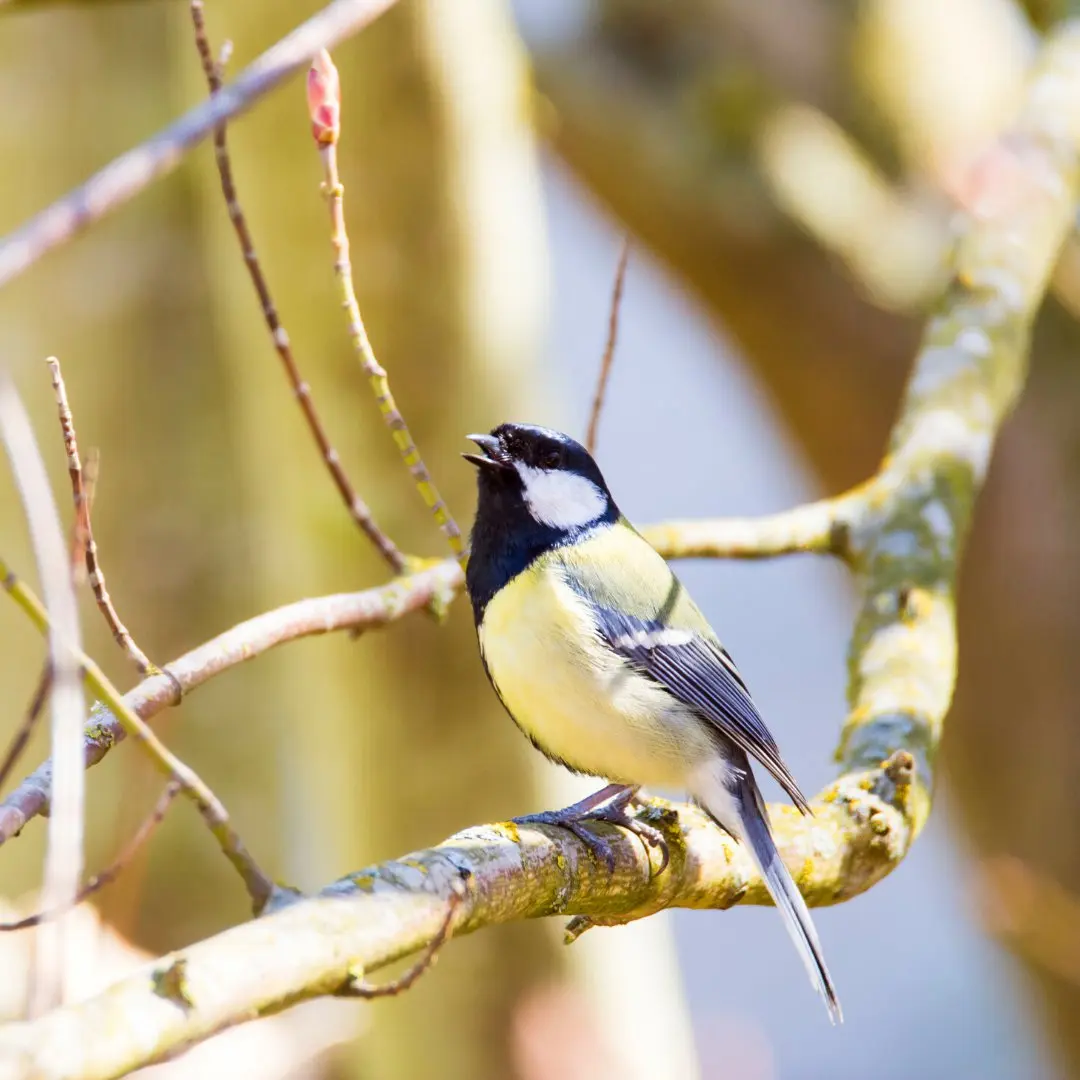
Great Tit Reproduction and Nesting Habits
Great Tits breed from March to August and can have two broods each year, each brood producing 6 to 12 eggs with white shells speckled with rust. They place their nests in any suitable holes they find, such as tree cavities, walls, birdhouses, or even pipes. Their nests are made from moss, roots, and grass. As one of the earliest nesting birds, they begin protecting their chosen territory from January to ensure readiness by March. Installing birdhouses in winter provides them with the opportunity to locate future nesting sites.
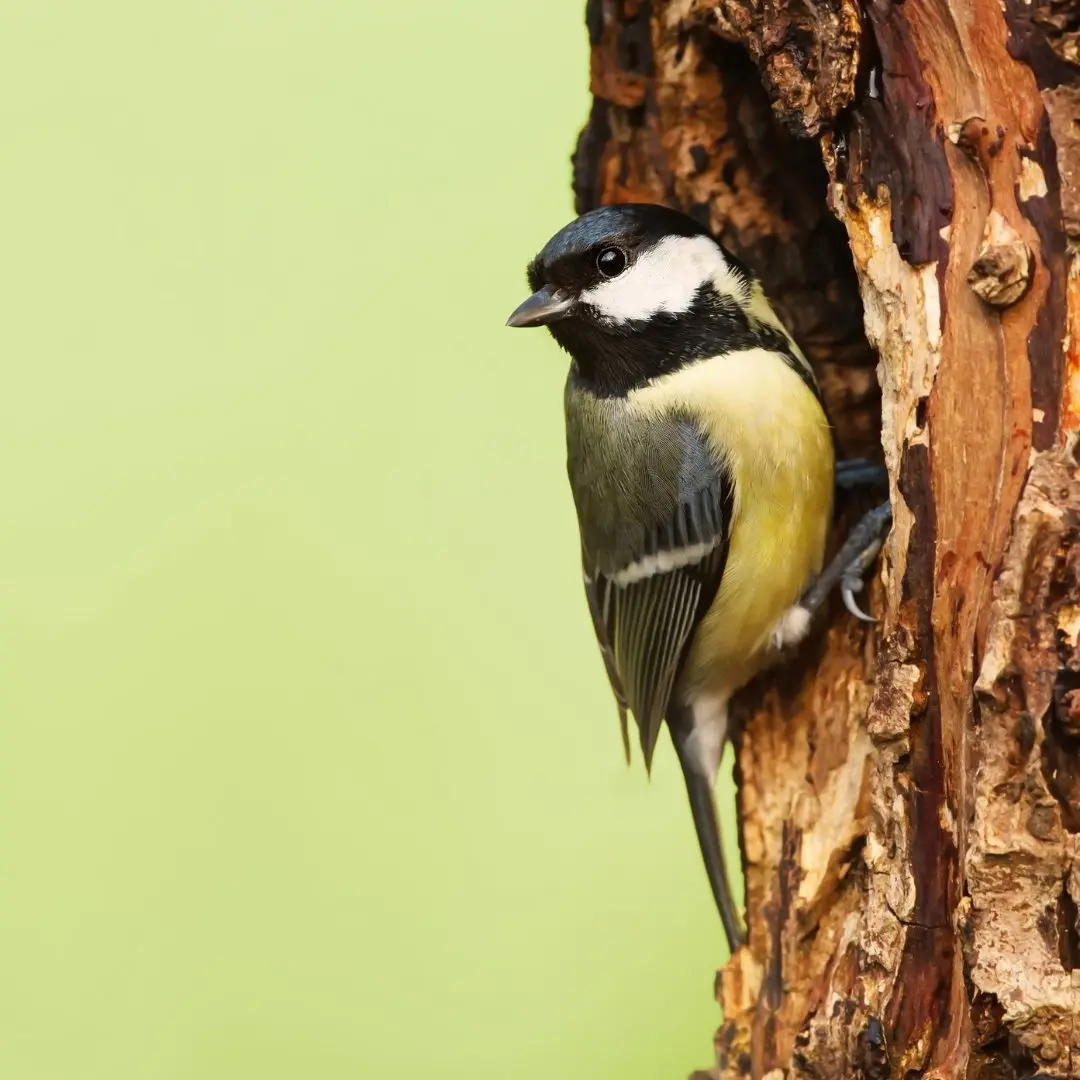
Diet and Feeding Habits of the Great Tit
From spring to autumn, the Great Tit is primarily insectivorous, with caterpillars forming a crucial part of its diet. The abundance of caterpillars directly impacts the size and quality of its broods. Its fine beak is perfectly adapted to pinching and handling caterpillars. In winter, however, the Great Tit shifts to a diet of seeds and plants, ensuring its survival during colder months.
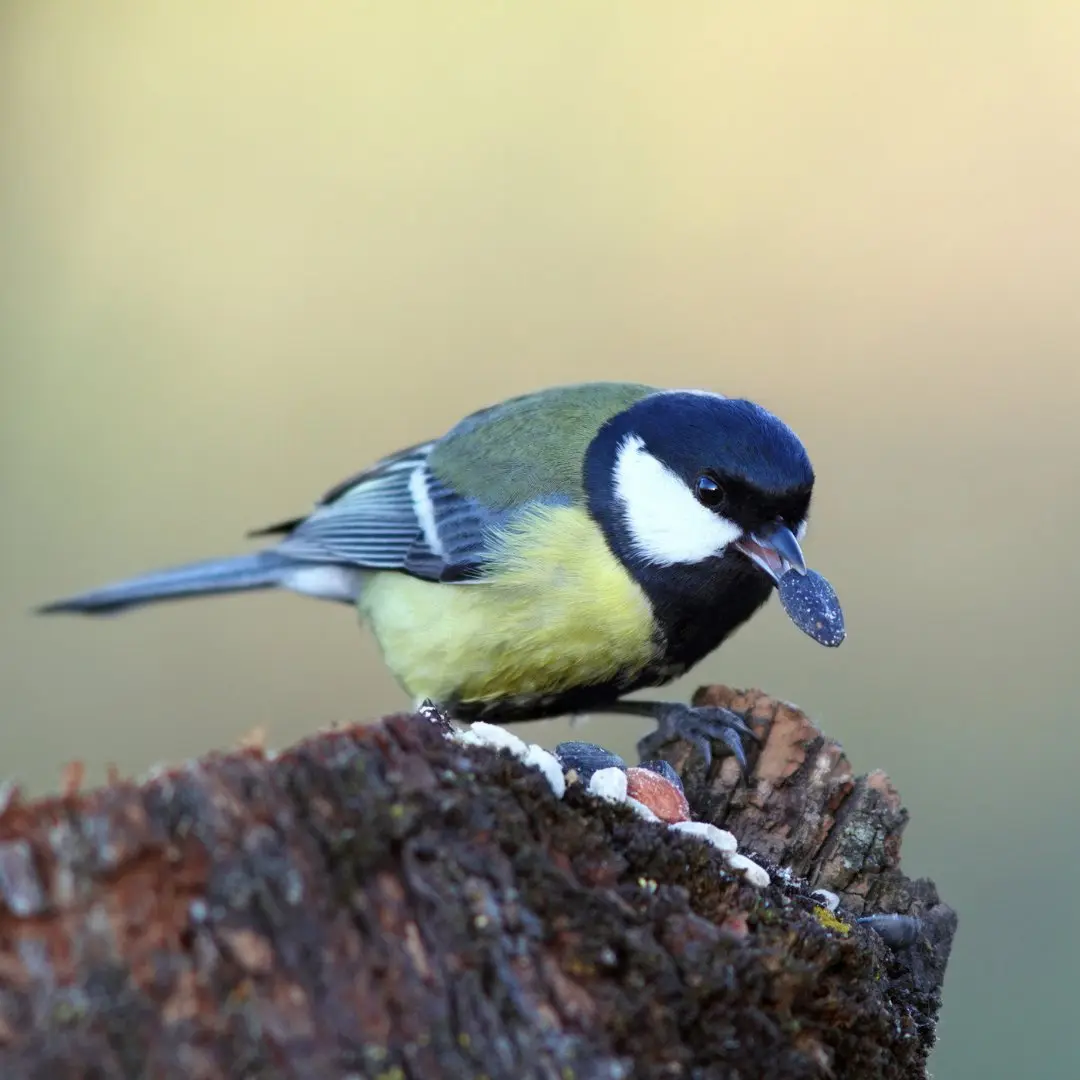
Where to Find the Great Tit
The Great Tit thrives in deciduous forests, particularly among trees like oak, beech, and birch. It is also commonly found in parks, gardens, and urban areas, including city centers. As one of the most common bird species in many regions, the Great Tit is easily observable in gardens all year round. While primarily sedentary, some populations in northern Europe undertake short-distance migrations to the west and south to find food, similar to the migration patterns of the Blue Tit.
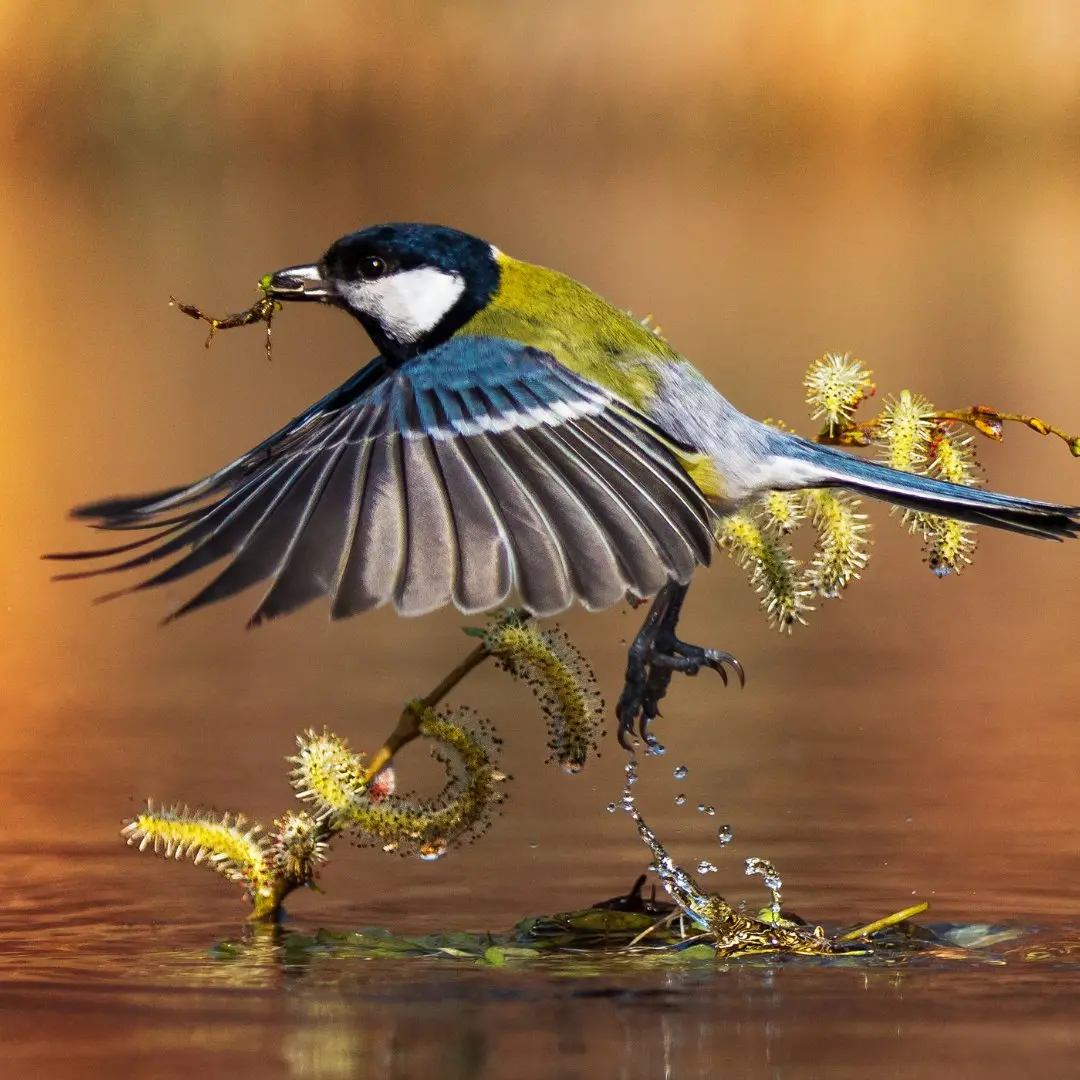
-



